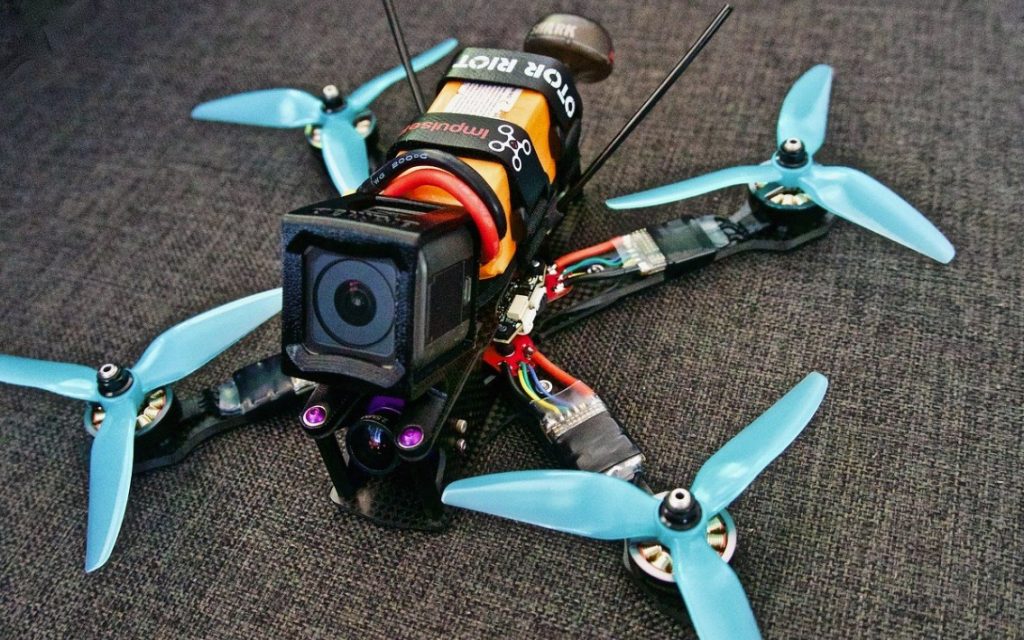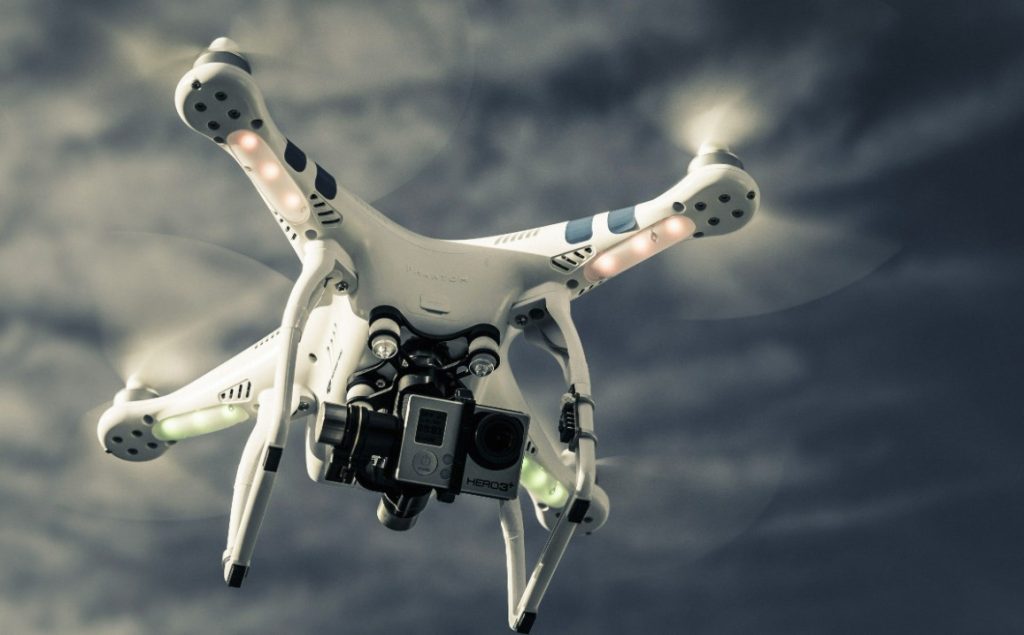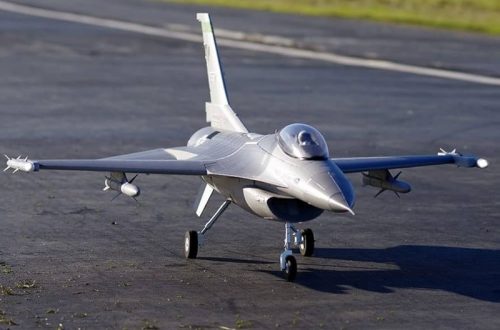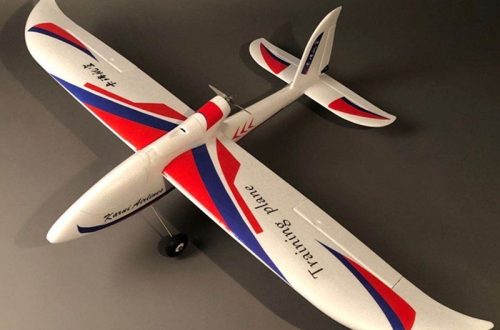With the growing popularity of drones, concerns around nighttime privacy and security have risen. Drones, while often used for recreation and photography, can also be used for malicious purposes. Fortunately, there are several techniques you can employ to increase your chances of detecting a drone buzzing around in the dark. This article will equip you with valuable tips and tricks for nighttime drone detection, divided into four key areas: visual detection, auditory detection, technological aids, and legal considerations.
Part 1: See It in the Dark – Visual Detection Techniques

Light Show:
Drones rely on lights for navigation, especially at night. These lights typically come in a red/white/green combination. Look for blinking red lights at the rear, a bright white light in front, and potentially green navigation lights on the sides. While a single blinking light might be a star, a cluster exhibiting movement is a strong indicator of a drone.
Stargazing with Scrutiny:
Training yourself to discern movement against the backdrop of stars can significantly aid in the detection of drones during nighttime. While our eyes are adept at spotting stationary objects in the night sky, it’s important to intentionally focus on identifying movement. Drones, unlike stars, will exhibit a specific flight pattern and a change in position over time, characterized by distinctive, deliberate movements. By observing the sky for slow, erratic motions that deviate from the fixed, consistent nature of stars, you can enhance your ability to differentiate between celestial bodies and unmanned aerial vehicles. This proactive approach involves paying close attention to any subtle shifts or changes in position that stars wouldn’t display, enabling you to effectively identify potential drone activity. Training your eyes to discern these unique flight patterns and movements can significantly contribute to your ability to detect drones amidst the vast expanse of the night sky.
Part 2: Hear It in the Hum – Auditory Detection Techniques
The Buzz of the Machine:
Drones are characterized by the distinct buzzing sound produced by their propellers during flight. This audible signature is often likened to the distant hum of a swarm of bees or the faint noise of an electric razor. In quiet environments, particularly during nighttime, it’s important to listen attentively for this consistent whirring sound, which stands out from the typical background noises such as crickets chirping or distant traffic. By honing your ability to recognize this unique drone sound, you can potentially enhance your detection skills and pinpoint the presence of an operational drone in your vicinity. Acquainting yourself with the specific auditory cues associated with drone operation can provide valuable insights, empowering you to differentiate the characteristic drone noise from other ambient sounds. This attentive approach can be pivotal in heightening your awareness and effectively recognizing the sound of drone activity, contributing to a proactive stance in monitoring your surroundings.
Silence is Golden:
If you suspect drone activity in your vicinity, there are several steps you can take to potentially improve your ability to detect it. One effective strategy is to consider turning off noisy appliances or moving to a quieter area, as this can enhance your ability to hear the subtle hum of a drone’s propellers. By reducing background noise, you may increase the likelihood of detecting the distinct sound associated with drone operation. This proactive approach can heighten your awareness and improve your chances of spotting the presence of a nearby drone. Additionally, by creating a quieter environment, you can enhance your ability to discern other auditory cues that may indicate the presence of a drone, such as the distinctive buzzing or whirring sound of its propellers. These measures can contribute to a more focused and attentive approach, potentially aiding in the detection of drone activity in your surroundings.

Part 3: Tech to the Rescue – Technological Aids for Nighttime Drone Detection
Light Up the Night:
While bright floodlights might seem like the go-to solution, they can actually hinder your ability to see faint drone lights due to excessive glare. A more effective approach is to consider installing motion-activated spotlights in strategic locations. These spotlights will only illuminate the area when movement is detected, potentially revealing a hidden drone. This targeted and reactive lighting system can provide better visibility specifically when needed, without creating excessive light pollution or hindering your surroundings with continuous brightness. By focusing on motion-activated spotlights, you can maintain a balance between illuminating the area for potential drone detection and minimizing light pollution. This approach not only optimizes your ability to observe faint drone lights but also helps preserve the overall ambiance and natural lighting conditions in the area.
Night Vision Enhancement:
To optimize your visual detection capabilities, you may want to consider utilizing night vision devices such as binoculars or monoculars. These advanced tools are designed to amplify existing light, which can significantly enhance your ability to spot drones with faint navigation lights, particularly on moonlit nights or in low-light conditions. By utilizing night vision equipment, you can amplify ambient light and extend your visual range, allowing you to detect drones more effectively, even in challenging lighting environments. It’s important to note, however, that night vision equipment can be relatively expensive, so it’s essential to carefully consider your specific needs and budget before investing in these specialized tools. While night vision devices can provide a substantial advantage in detecting drones during low-light situations, it’s important to weigh the potential benefits against the associated costs to determine the most suitable approach for your individual circumstances.

Part 4: Know Your Rights – Legal Considerations for Drone Detection
Privacy vs. Public Space:
It’s important to understand the legalities of drone detection. If a drone is flying over private property at a low altitude, you likely have the right to take action. However, in public spaces, drone regulations can be more complex. Familiarize yourself with local drone laws to ensure your actions are within legal boundaries.
When in Doubt, Report It:
If you suspect that someone is operating a drone for malicious or unlawful purposes, it’s crucial to promptly report it to the relevant authorities. Local law enforcement agencies have the capability to handle drone-related complaints and can carry out thorough investigations into potential privacy violations or other illegal activities. By promptly notifying the authorities, you can contribute to maintaining the safety, security, and privacy of your community. When reporting a suspicious drone activity, provide as much detail as possible, including the location, time, and any distinctive markings or features of the drone. Additionally, if feasible, capturing photographic or video evidence of the drone can further aid in the investigation. It’s important to remember that reporting suspicious drone activity not only serves to address potential legal infractions but also helps to safeguard public safety and privacy.

By employing a combination of these tips and techniques, you can significantly increase your chances of detecting a drone operating at night. Remember, vigilance is key. By staying alert and using the right tools, you can take control of your nighttime privacy and security.



